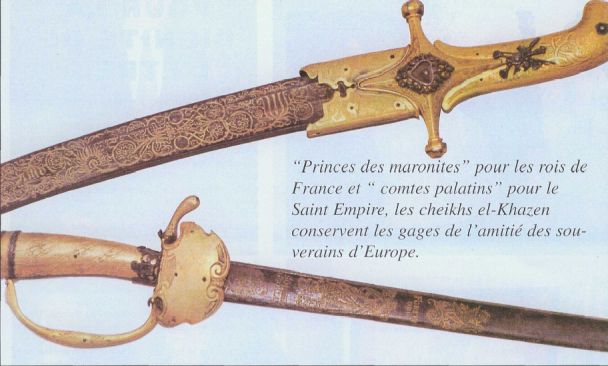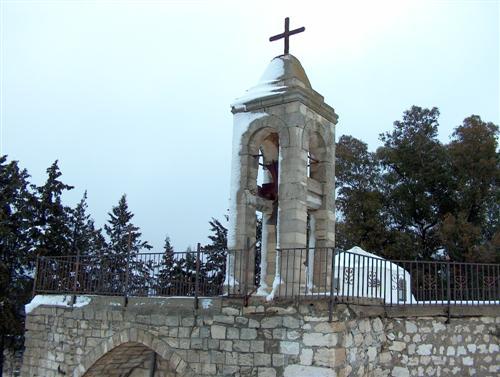
by catholicherald.co.uk —This last January 30, I was present in London for two very interesting occurrences. The first was a wreath-laying ceremony at the equestrian statue of King Charles I in Trafalgar Square; the second was an Anglo-Catholic style Anglican Mass at the Banqueting House. That evening, at St George’s Chapel at Windsor Castle, there was a service of Evensong honouring the murdered Monarch. In all three ceremonies, Charles was referred to as a Saint. Indeed, surprising as it may sound to Catholics, the King is the only individual the Church of England has ever tried to canonize. The reason is that it was made very clear that his life would have been spared had he been willing to sanction the abolition of bishops in the Church of England by Cromwell. His feast day was removed from the Book of Common Prayer by a Whig government in the mid-19th century, but the Anglo-Catholic wing of the CofE fostered devotional societies who ever since have tried to bring the holiday back. Chief among these are the Society of King Charles the Martyr and the Royal Martyr Church Union. Interesting as all these facts may be to students of English history and Anglican beliefs, what interest could the question of Charles I’s sanctity possibly have for Catholics? Quite a bit, really.
For one thing, his cultus plays a prominent role in that Anglican Patrimony which Pope Benedict XVI created the Personal Ordinariates to preserve within the Catholic Church. When various Eastern Orthodox groups have been reconciled to the Church, they have been allowed to continue to venerate a number of post-1054 figures as Saints. So, might our newly admitted brethren of Anglican background be able to do the same with Charles I? A close reading of his life and reveals some striking points. Raised by a Catholic mother and married to a Catholic Queen, Charles demonstrated a sympathy for Catholics unseen since Mary I died. At various times throughout his reign he negotiated with several Popes for reunion, assuring them that his beliefs were the same as theirs – a fact that helped bring him to the axe. He venerated Mary and the Saints and believed in the Real Presence. It must be remembered that this was two centuries before Apostolicae Curae, meaning Rome had not yet ruled Anglican Orders invalid and it was still very much an open question whether Anglicans had the Apostolic Succession. Though in retrospect they did not, it was a doctrine Charles was willing to die for.






